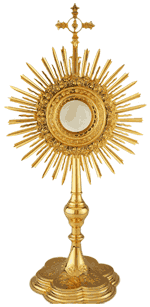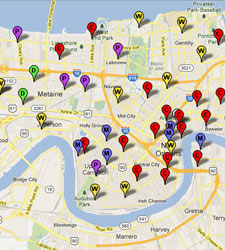This Sunday’s Gospel passage marks the beginning of the “Bread of Life” discourse from the 6th chapter of John’s Gospel, a chapter we’ll read in its entirety over the course of the next five weeks. This week begins with the miracle of the multiplication of the loaves, which makes up the first fifteen verses of chapter 6. It’s a miracle that prepares the followers of Jesus for the words to follow. By revealing that He has the ability to perform miraculous acts, Jesus presents Himself as someone to be believed. But He doesn’t want His followers to settle for earthly food.
Over the course of the discourse, Jesus calls His disciples to a greater reality: the reality that God has come among them and desires to bring them into communion with Him. Jesus recognizes and attends to the earthly needs of the people, but He points out to them that they have a greater need, the need to reestablish the union with God that had been lost by original sin.
Since the people could not reunite themselves with the Father on their own, the Father takes the initiative by sending His only-begotten Son to accomplish the task. By joining God’s divinity to our humanity, Jesus reestablishes what was lost by original sin. And by instituting the Eucharist as the Sacrament of our salvation, Jesus provides the means by which we might enter into communion with Him.
We give the Blessed Sacrament many names. It can be called the Holy Eucharist (from the Greek word for thanksgiving) or the Body and Blood of Christ. It can also be called the Holy Sacrament of the Altar, the Bread of Life, the Lord’s Supper or the Banquet of the New Covenant. But since the Eucharist is the means by which we memorialize our union with Christ, it is also very fitting that we refer to it as Holy Communion.




